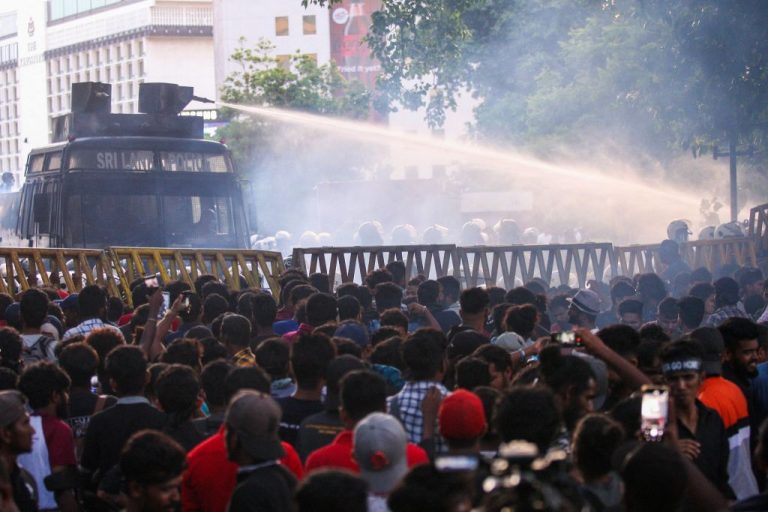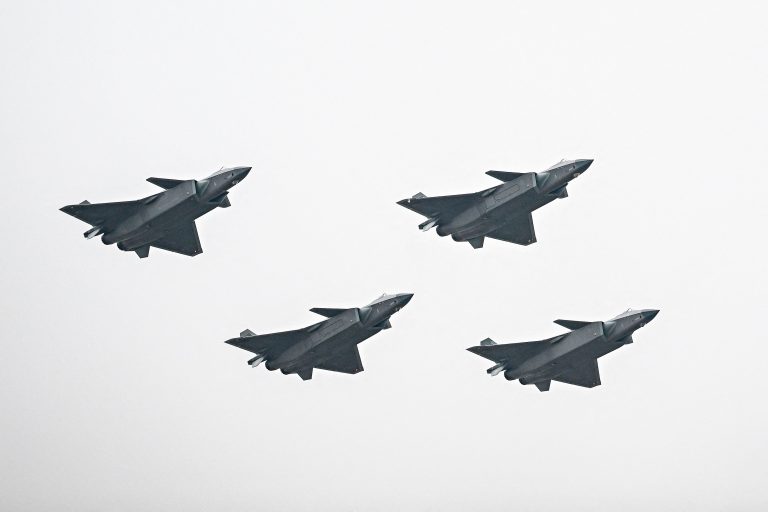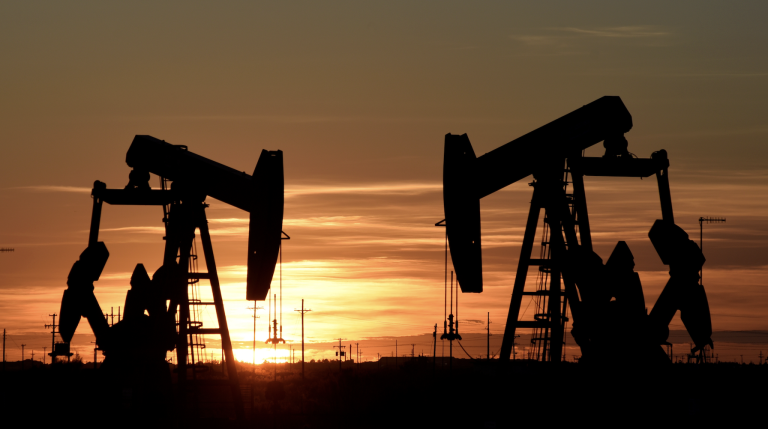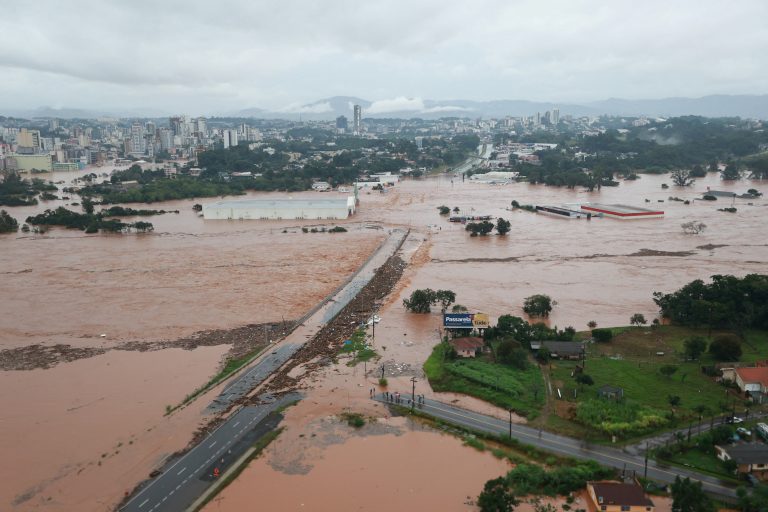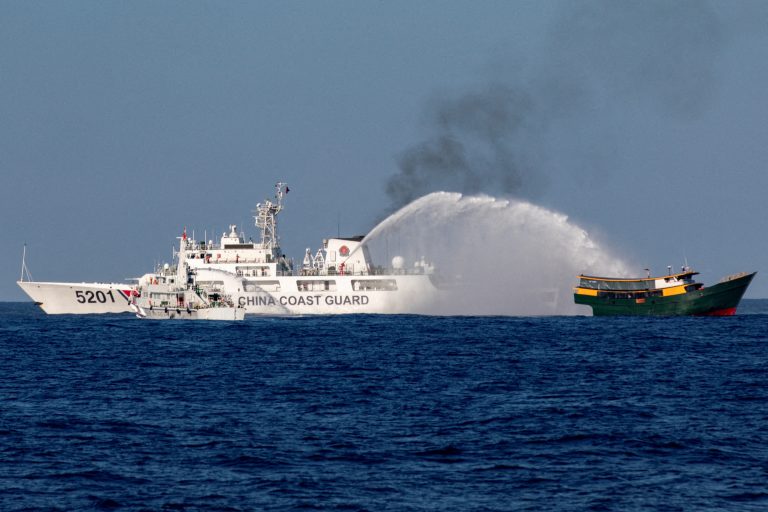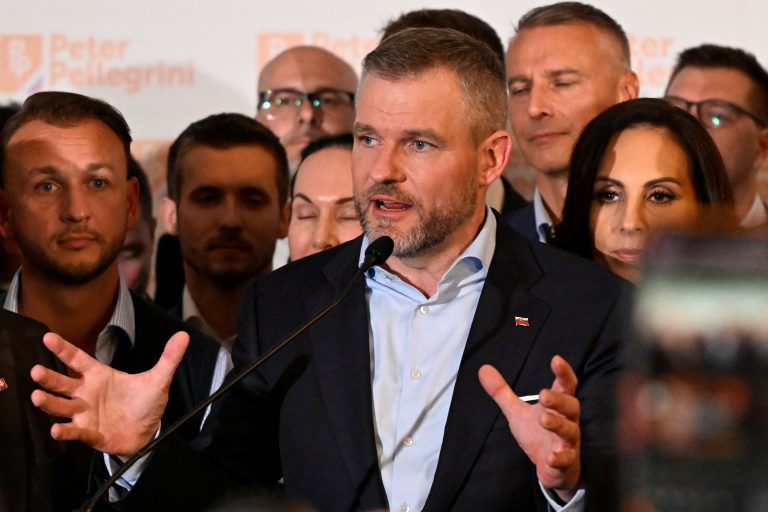President of embattled Sri Lanka Gotabaya Rajapaksa has reportedly told the Speaker of the House he will resign on July 13, Sri Lankan media reports.
The news was posted in a brief piece on the English-language News First website hosted in Sri Lanka.
The evolving situation emerged as thousands of protestors besieged Rajapaksa’s residence on July 9, reported the Strait Times.
The assault follows a same-day Government announcement declaring LP gas an “essential commodity,” meaning only those deemed as “essential services” can purchase it, reported Sri Lanka’s Daily Mirror.
LP gas refers to liquified petroleum gas, which Sri Lankan media outlet The Island says is composed of a 30/70 mix of propane and butane in its country.
Success
You are now signed up for our newsletter
Success
Check your email to complete sign up
At the end of June, Sri Lanka entirely suspended the sales of petrol, except for to “emergency services.”
The move is similar to a contingency plan roleplayed in a recently conducted wargame simulation in Ireland as the government prepares for how to handle oil and gas shortages through the winter.
The escalated assault on the government comes amid a months-long total destruction of the country’s economy, devaluation of its currency, a total consumption of its foreign reserves, and depletion of its oil, gasoline, and other fuel products.
Video posted to Twitter of the event puts the January 6 false flag to shame, showing what appears to be at least 10,000 people directly entering the President’s home.
A follow up video shows citizens swimming in the pool at the residence.
One video posted to Twitter shows footage of a nighttime scene filled with smoke and fire. The poster claimed it’s footage of rioters setting fire to Rajapaksa’s residence.
The blaze appears to have been confirmed by Forbes.
Another video posted to Twitter shows rioters shoving various vehicles into the rivers and waterways.
And another shows Buddhist monks joining the fray as thousands of protestors square off against police armed in light riot gear, who dispersed the unrest with tear gas.
Protestors also attacked the President’s compound at the beginning of April, but the group was smaller and was fended off by police and armed forces who faced a hail of stones from the crowd, who set fires to surrounding military equipment.
The protest was dispersed with water cannons, tear gas, and a silencing of the country’s internet.
A bad year
The crisis has gone on throughout the entirety of 2020. On Jan. 9, Rajapaksa asked the Chinese Communist Party to restructure its debt payments during a meeting with Foreign Minister Wang Yi.
2022 marked the year that Sri Lanka had to begin making payments on $4.5 billion in foreign aid, starting with a $500 million sovereign bond payment on Jan. 18 and an additional $1 billion due this month.
The Government of China was Sri Lanka’s largest lender, having indebted its government with more than $5 billion in Belt and Road Initiative-style funding over the last several years.
And not without consequence. In 2017, when the country could not afford to repay a $1.4 billion loan extended by China’s ruling regime used to build a port, Sri Lanka was forced to lease the port to a Chinese enterprise for 99 years.
By November of 2021, Sri Lanka’s foreign reserves had already fallen to a meager $1.5 billion, only enough to pay for a month’s worth of imports to support its 22 million people.
Protestors also called for Rajapaksa’s resignation in April as citizens, who struggled to find gasoline or oil for sale in the country to cook or drive to work with, occupied the entrance to Rajapaksa’s working office.
April was also when Sri Lanka was forced to formally default on its sovereign debt due to annihilated foreign reserves.
In May, the Ministry of Defence gave soldiers shoot-to-kill orders against protesters.



